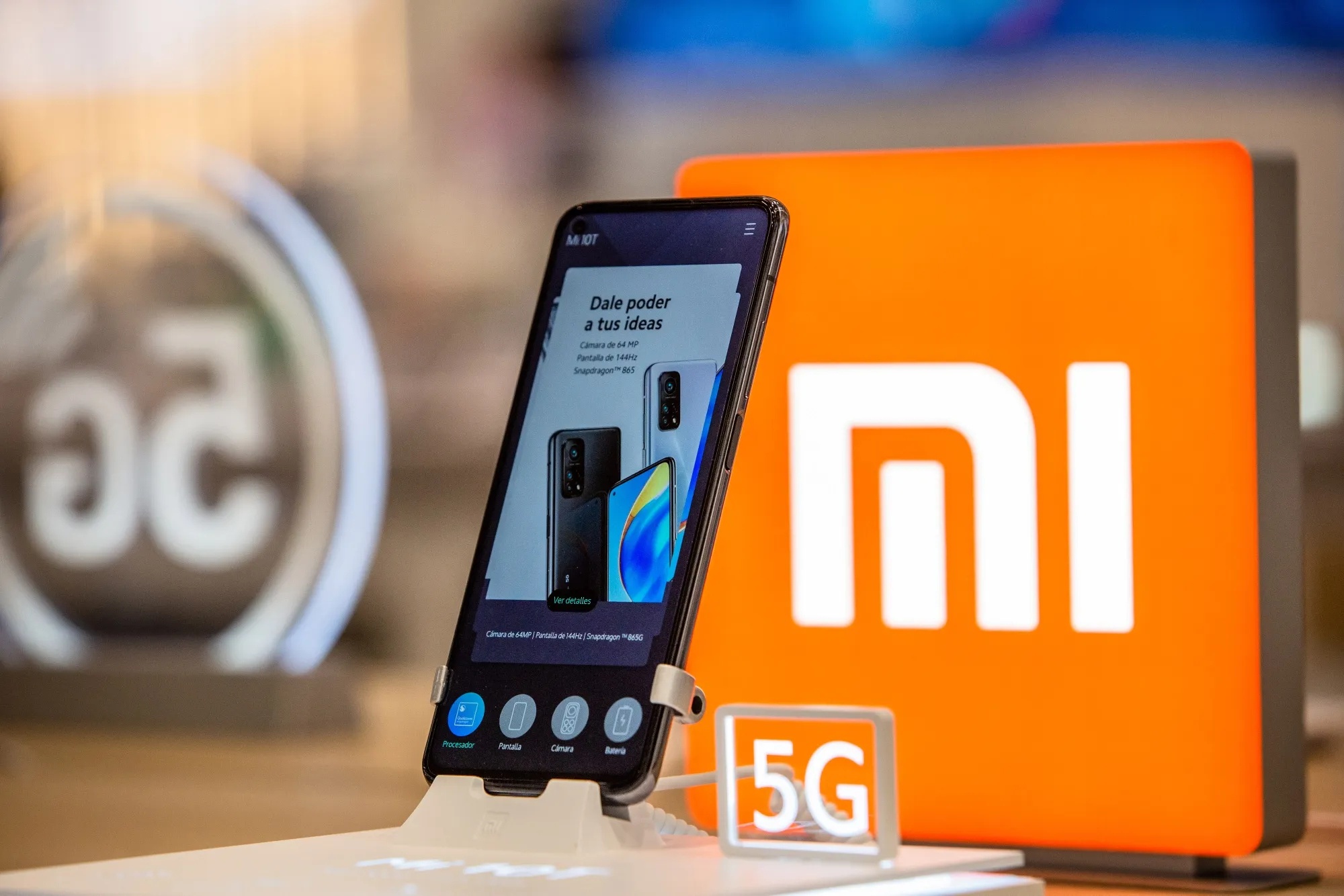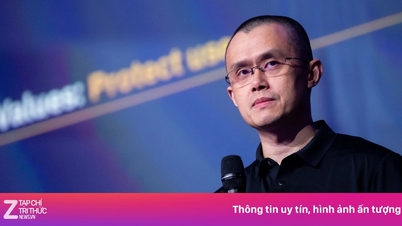 |
The Xiaomi 17 series has made a big splash in the Chinese market. Photo: Bloomberg . |
After years of pursuing a premium strategy, Xiaomi is gradually closing the gap with Apple, the brand considered the benchmark in the global smartphone industry. The launch of the Xiaomi 17 series with a price approaching the iPhone shows the strong price increase trend of the Chinese brand, and reflects Xiaomi's strategic shift from "cheap" to "premium" more clearly than ever.
Price increase faster than iPhone
Xiaomi continues to maintain its premium positioning strategy that has been established over the years by launching the Xiaomi 17 series with a starting price of 4,499 yuan ( 700 USD ). The standard version retains the price of the Xiaomi 15, while the high-end versions increase by 200-500 yuan (28-70 USD ).
Since declaring to “learn from Apple’s standards” in late 2021, the Chinese brand has clearly transformed, aiming for the high-end segment instead of competing with low prices as before.
Since 2017, Xiaomi has been continuously adjusting product prices, even increasing at a faster rate than Apple in the same period. Since the Xiaomi 6, the average price increase of its flagship phone line has always been around 10%/year. In particular, in 2020, the selling price of the Xiaomi 10 series jumped from 2,999 yuan ( 421 USD ) to 3,999 yuan ( 561 USD ), equivalent to an increase of more than 30%.
 |
Xiaomi 17 is a high-end GPS model from the Chinese phone company. Photo: Xiaomi . |
After this period, Xiaomi maintained the starting price of 3,999 yuan for 3 consecutive years, before Xiaomi 15 increased to 4,499 yuan ( 700 USD ). The price range of 4,000-5,000 yuan (561-702 USD ) has become the foundation for the high-end positioning of Xiaomi's flagships.
Compared to the same period, Apple tends to increase prices more slowly. When Xiaomi 6 increased by 15%, iPhone 8 only increased by 9.3%. Except for the jump of iPhone X, Apple kept the starting price of 5,999 yuan ( 842 USD ) for iPhone 13 until now.
However, price increases always come with challenges. After the launch of Xiaomi 10, the company's sales fell 35% in the second quarter of 2020, dropping to fifth place in the domestic market. In India, Xiaomi's most important market outside China, sales fell by almost half.
These declines show that rapid price increases can affect short-term purchasing power, even though the long-term strategy is still aimed at higher profits and positioning.
Xiaomi's unique strategy
After the initial fluctuations, Xiaomi's price increase strategy gradually showed its effectiveness. According to Canalys data, Xiaomi surpassed Apple in the second quarter of 2025 to become the second largest smartphone seller in the world for the first time. Models such as the Xiaomi 14 sold 12 million units, while the Xiaomi 15 sold nearly 2 million units after only 2 months of launch.
This shows that premium positioning does not cause sales to decline, but on the contrary, helps Xiaomi expand profit margins and increase brand value.
However, the overall picture is changing. With the launch of the iPhone 17, Apple seems to have abandoned its “squeezing toothpaste” strategy, which is to upgrade small amounts to maintain profits in order to regain its declining market share in China. The shift from “maintaining profits” to “protecting market share” has made the confrontation between Apple and Xiaomi more fierce than ever. Both have to sacrifice some profits to consolidate their position in the high-end segment.
 |
Xiaomi is gradually escaping the label of low-cost phones. Photo: Bloomberg . |
At the same time, Xiaomi's corporate value has also changed rapidly. In the period from 2020-2021, the success of the Xiaomi 10 and 11 series helped the company's stock increase 3 times, bringing its capitalization to over 115 billion USD .
By 2025, the relationship between phone performance and company valuations will begin to “decouple.” Despite falling phone margins, Xiaomi shares rose more than 50%, with quarterly net profit hitting a record 10.83 billion yuan ( $1.52 billion ).
While the phone segment is no longer Xiaomi’s main growth driver, it remains a key measure of the tech giant’s health. With Apple changing its strategy and Xiaomi expanding into electric vehicles, the two brands are entering a period of comprehensive competition, including development orientation in the global technology sector.
Source: https://znews.vn/xiaomi-sap-vuot-apple-post1591301.html



![[Photo] Prime Minister Pham Minh Chinh chairs the 16th meeting of the National Steering Committee on combating illegal fishing.](https://vphoto.vietnam.vn/thumb/1200x675/vietnam/resource/IMAGE/2025/10/07/1759848378556_dsc-9253-jpg.webp)






















![[Photo] Super harvest moon shines brightly on Mid-Autumn Festival night around the world](https://vphoto.vietnam.vn/thumb/1200x675/vietnam/resource/IMAGE/2025/10/07/1759816565798_1759814567021-jpg.webp)





































































Comment (0)